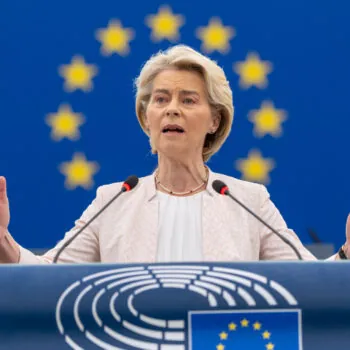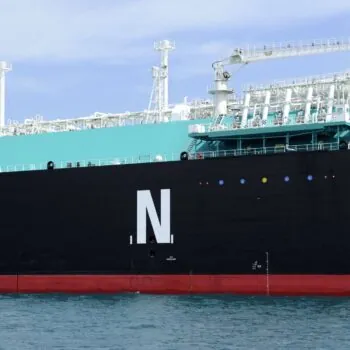Amidst the leaked documents and wild rumours flying about Brussels, here’s what to look out for at next week’s European Council – and why the details of the Council Conclusions matter in the real world efforts towards a zero carbon Europe.
1. Greenhouse gas ambition
2. Energy efficiency
3. Funding low-carbon modernisation- not coal
4. Interconnection target
1. Greenhouse gas ambition
The EU’s proposed 40% greenhouse gas (GHG) emissions reduction from 1990 levels to 2030 is barely – if at all – consistent with Europe’s fair share to keep global temperature rise to less than 2°C and avert dangerous climate change. As the first set of countries to submit their mitigation pledge ahead of the 2015 Paris climate conference, Europe is setting the bar for ambition.
In light of this, some Member States are advocating for a target of ‘at least 40%’ to be agreed in October (while NGOs urge over 55%, leading businesses call for a target ‘well beyond’ 40% and EU regions support 50%). This effort is being led by the UK and Germany, but support from France, Denmark and Sweden among others will need to become much more vocal if it is to be a priority for discussion – many of the countries previously contesting the 40% target as too high are now focusing on how it will be broken down between Member States.
Priority: The package needs to signal to the international community that 40% is not the last word from Europe (by including ‘at least’ 40% and a review in context of Paris deal) while ensuring the GHG target is explicitly ‘domestic’ and excludes loopholes, which would undermine the actual emissions reductions achieved.
2. Energy efficiency
After referring to 25% energy savings in its January communication, in July the Commission proposed a 30% target – leaving Member States to decide the baseline. Although the Ukraine crisis has elevated energy efficiency up the political agenda (as the quickest and most cost-effective way to reduce Europe’s dependency on Russian gas), divergent views remain on both the ambition and whether a 2030 target should be binding – and at what level.
The UK remains opposed to the principle of a target, basing its cost-based arguments on contested modelling, while Germany is gathering allies around a target of at least 30%, binding at EU level. New Commission President Juncker has emphasised 30% is the minimum he would find acceptable, while new Climate and Energy Commissioner Arias Cãnete emphasised the need for a binding target.
Priority: at least 30% binding target based on 1990 levels that reframes energy efficiency as a core pillar to tie together the EU’s objectives of a secure, cost-effective and low-carbon energy policy.

3. Funding low-carbon modernisation – not coal
Providing financial support to address low-carbon investment needs in lower-income Member States is important for Europe-wide decarbonisation. However, these funding flows must be used effectively – and address loopholes in the 2020 package that allowed Member States like Poland to effectively subsidise its coal industry, locking-in fossil infrastructure and high carbon political influence.
These coal interests have motivated Polish administration to threaten to veto agreement in October, although their allies in the Visegrád group lack a unified position on funding mechanisms. UK, France and Germany look increasingly aligned on not allowing subsidies for new unabated coal, and are lending support to the idea of a modernisation fund managed by the European Investment Bank. This would improve oversight and conditionality – and crucially, its emissions performance standard would safeguard against funding unabated coal.
Priority: The EU 2030 package must not subsidise unabated coal, and instead provide a credible signal internationally that Europe will deliver a coal phase-out, by using the EIB to channel funding towards energy efficiency, renewables and low carbon energy infrastructure in Member States.
4. Interconnection target
Europe needs to invest in core strategic infrastructure if it is to meet its overarching objectives of a cost-effective, decarbonised and secure energy system. Without political impetus to create electricity interconnectors between Member States, Europe’s renewables capacity will not be used most effectively.
The European Commission have proposed a target for member states to reach interconnection capacity equivalent to 15% of installed generation capacity by 2030. Spain and Portugal have been pushing for the target to be higher and to be made binding, while France has led opposition to a new 2030 interconnection target.



